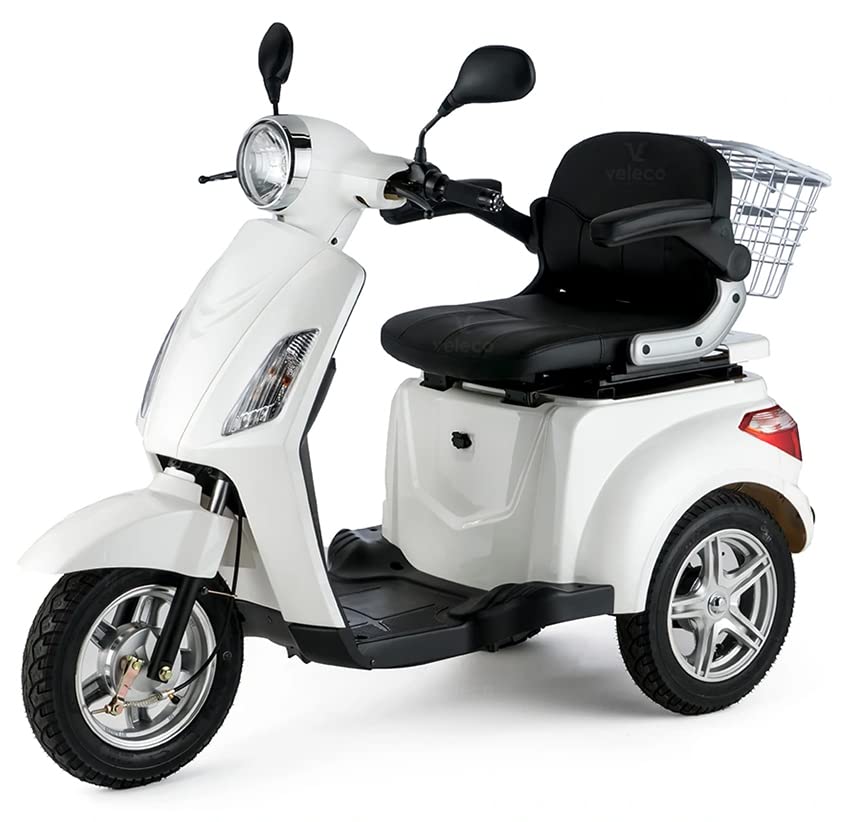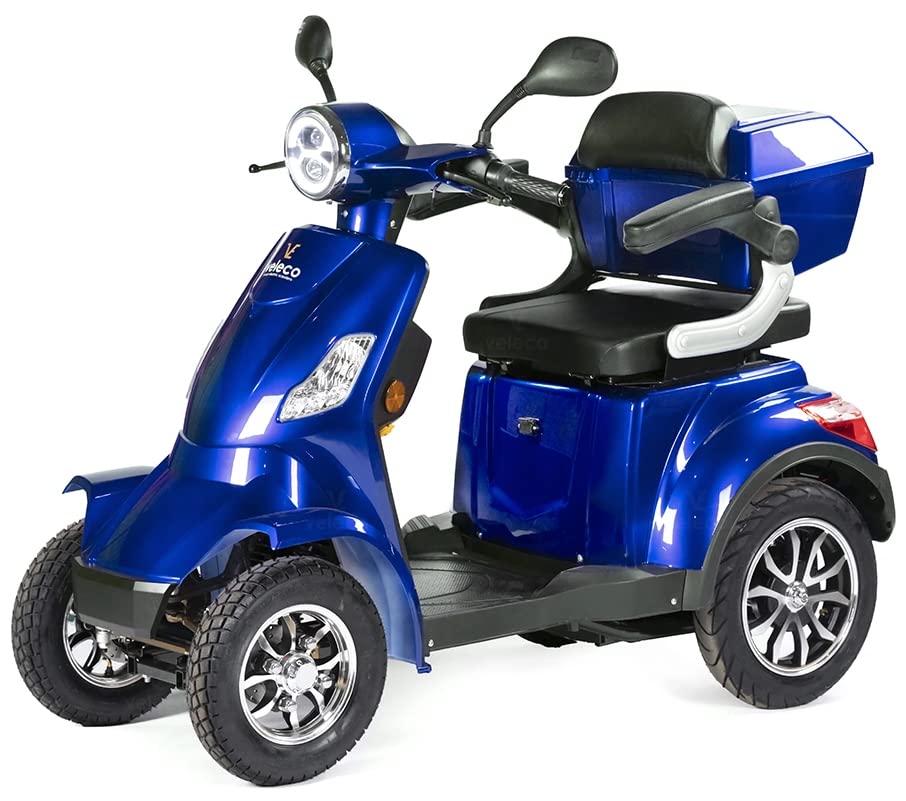How To Become A Prosperous Are Mobility Scooters Allowed On The Road I…
페이지 정보

본문
 Mobility Scooters Are Allowed on the Road in the UK
Mobility Scooters Are Allowed on the Road in the UKYes, mobility scooters can be used on the road provided they adhere to the Highway Code. They are not permitted on motorways, bus lanes or paths that are 'cycle-only' and must have a flashing amber light for dual carriageways.
They should be used with caution when driving through dropped kerbs, as they may become trapped by larger vehicles. If they can, stay on the pavement and not exceed the speed of pedestrians.
class 3 mobility 2
In the UK in the UK, class 2 mobility scooters are allowed on the road provided they meet certain criteria and regulations. They are required to have functioning lights and indicators, as well as a sound horn. They must also be registered with the DVLA. In addition, they should be able to travel at a maximum speed of 8 mph. This is to ensure the safety of pedestrians and drivers. It is also essential to follow pavement and road behavior, including giving way to pedestrians and using designated crossing points.
While class 2 scooters may be driven on pavements but they are not allowed to exceed 4 mph. Pedestrians should be given priority, especially those with sight or hearing impairments. It is essential to be aware of pedestrians, especially those with pets or children. Finally, it is recommended to wear high-visibility clothes when using a mobility scooter.
Additionally, mobility scooters in class 3 mobility scooters 2 aren't allowed to be used on bus lanes or bike lanes. They are designed to improve the timeliness of bus services, however a mobility scooter used in the bus lane could delay buses in a way that is not needed. They are not able to be driven on dual carriageways.
Additionally, it's recommended to ensure that your scooter is in good condition and ensure that all safety features are working correctly. Wearing helmets is a good idea when you are riding a motorcycle especially on busy streets.
Class 3
Mobility scooters are an ideal way to move around, and can help those with limited mobility remain independent. It is essential to be aware of the rules and regulations that regulate the use of these vehicles. This blog post will look at the various classifications of scooters and how they are controlled.
class 3 Mobility scooter Reviews 2 mobility scooters can only be driven in pedestrian areas or on pavements. They have the maximum speed limit of 4 5 mph. These scooters are typically smaller and more lightweight and are ideal for urban areas and shopping centers. They must be operated with care and consideration for other pedestrians. Additionally, they should be parked in areas that do not block the sidewalk.
Mobility scooters that are classified as Class 3 may be used on roads. These scooters come with a horn, lights, indicators and the maximum speed is 8mph folding mobility scooter. Moreover, the scooters must be registered with the DVLA with a rear-viewing mirror. Lastly they must abide by the Highway Code, which includes obeying traffic signals and signs.
Mobility scooters may also be driven in 'cycle only' lanes and on buses, however they shouldn't be driven on dual carriageways or motorways with speed limits of more than 50 mph. It is also important to note that drivers of Class 3 scooters need to be in a position to read a vehicle's registration number from an area of 12.3 metres or 40 feet. In addition, drivers should wear helmets and ensure their eyesight is up to date. This will help them avoid accidents and keep themselves and others safe. Regular maintenance is crucial for the safety of a mobility scooter and should be carried out regularly by a qualified professional.
Pedestrians
Mobility scooters are an ideal aid for people who struggle to walk. It lets them move around and be part of their community without having to rely on taxis or family members. It also gives them the ability to go out and meet friends without being restricted by an agenda.
However, mobility scooters need to be driven with care. They shouldn't be used in crowded areas and must always follow the speed limit. They aren't allowed on motorways, either. If you're concerned about your ability to use a scooter, then you can always take lessons from your local senior support services.
These vehicles are made to help elderly people with diminished mobility, and are the ideal way to get around town. They can travel at speeds of up to 6.44 km/h (4 mph) and can be used on the roadway, sidewalk, or lane (if there's no pavement). They should also be equipped with a horn, light and a mirror.
Pedestrians are a vulnerable group of road users, and it's crucial that motorists be aware of their safety. The Highway Code was revised to include new rules for pedestrians, which includes those who ride scooters. While these changes won't be in force until 2021 however, they will have a significant impact on how other road users behave on Britain's roads. Drivers will be required to give pedestrians the right to use their right of way when turning onto the road. This will reduce the number pedestrians who are injured by vehicles passing by. In addition, drivers will be asked to stop for pedestrians when they are crossing the road. This will increase pedestrian safety and improve road conditions.
Motorways
Mobility scooters with portable mobility, invalid carriages, and folding mobility scooters are all permitted on the roads in the UK, provided they meet certain requirements. The driver must adhere to the standard road rules including obeying traffic signs and lights, avoiding pedestrian crossings, and not driving when there is poor lighting or in bad conditions. Furthermore, the scooter should be fitted with a horn or similar device that alerts other motorists of its presence. Wearing reflective clothing or the safety flag may aid in ensuring visibility on the road.
Many people may be surprised to discover that class 2 and 3 scooters can travel on pavements, as long as they don't go over 4 speed. It is advised to slow down even further on narrow or busy pavements. Also, be considerate of pedestrians around you, especially those with hearing or sight impairments.
It is recommended to have your scooter insured, even if it's not a legal requirement. This is in the event of a breakdown or incident. On the internet, you can locate affordable coverage for mobility scooters that is comprehensive. It is also recommended for drivers to carry out regular maintenance checks to ensure the battery is fully charged, the wheels are in good condition and the steering is functioning correctly.
It's also crucial to stay current with latest technologies, such as GPS systems, which can aid drivers in staying secure on the road. Some drivers also opt to install safety features, such as a hazard signal and horn. It is a good idea to avoid using headphones or mobile phones while driving, as they can be hazardous and distracting.
Dual carriageways
Be aware of the rules of the road is essential when operating a mobility scooter. It is important to follow the speed that the scooter can handle - 4 mph on Class 2 scooters and 8 mph for Class 3 scooters. Helmets are essential and so are safety features like horns, indicators, rear-view lights and mirrors.
On a dual carriageway, it is recommended to drive in the left side. It is acceptable to enter the right-hand lane if you are overtaking or making a turn. It is essential to keep your mirrors in check regularly and be aware of vehicles behind you because they could cross your lane at any point.
On the sidewalk pedestrians are always the first priority. Always be courteous and mindful of other pedestrians, particularly disabled or elderly pedestrians who may not be able to observe or hear you. Always check for dropped kerbs when crossing.
 Do not drive your scooter on roads that has a speed limit of more than 50 mph, and do not use autobahns. It is illegal to drive a class 3 scooter in bus lanes or "cycle only" lanes. You must also register your scooter at the DVLA in the event that it is designed to be used on the roads. You will then be eligible for tax breaks and exemptions. It is also a good idea to get insurance for your scooter because it will help protect you against any accidents or damage that might occur while driving on the roads.
Do not drive your scooter on roads that has a speed limit of more than 50 mph, and do not use autobahns. It is illegal to drive a class 3 scooter in bus lanes or "cycle only" lanes. You must also register your scooter at the DVLA in the event that it is designed to be used on the roads. You will then be eligible for tax breaks and exemptions. It is also a good idea to get insurance for your scooter because it will help protect you against any accidents or damage that might occur while driving on the roads.- 이전글10 Pinterest Accounts To Follow Power Tool Deals 25.03.30
- 다음글See What Situs Toto Tricks The Celebs Are Making Use Of 25.03.30
댓글목록
등록된 댓글이 없습니다.

